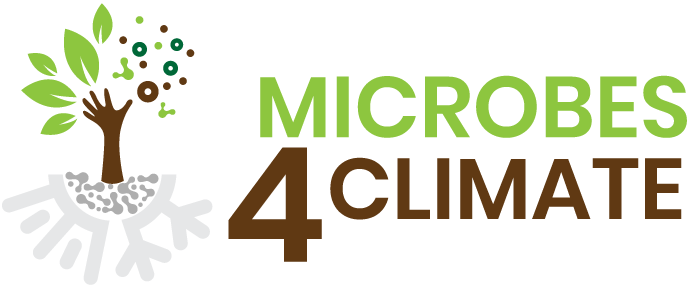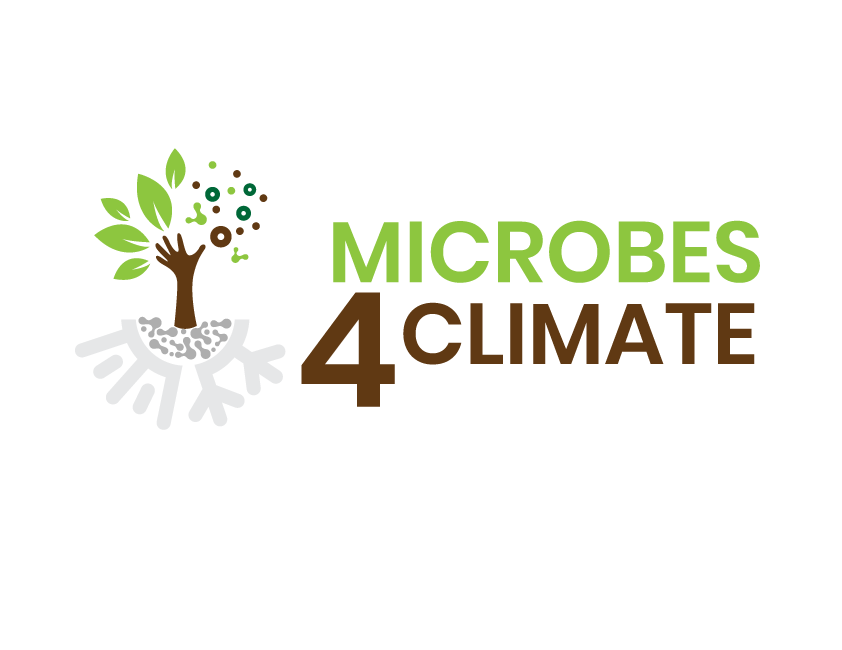Use Case General Diagram.

The diagram presents a generic use-case framework illustrating how various scientific services and infrastructures are integrated to support experimental workflows in microbial and plant research. The main components and their interactions include:
– Supply of Biological Resources:
* Resources provided include microbial and plant samples required for experiments.
* These biological resources feed into the facilities for controlled cultivation and phenotyping.
– Isolation of Microbial Resources from Soil and Plant Samples:
* Microbial organisms are isolated and prepared for identification and characterization processes.
– On-site Access to Facilities for Controlled Cultivation and Phenotyping:
* Open Air Cultivation: Includes experimental fields, boreal forest regeneration areas, peatlands, ozone and CO₂ exposure facilities, and leaching measurement fields.
* Cultivation in Chambers and Greenhouses: These offer controlled environmental conditions, non-invasive imaging, phenotyping technologies, and volatile organic compound sensing.
– Identification and Characterisation of Microbial Resources:
* Phenotypic identification: Using MALDI-TOF MS for microbial identification and clustering.
* Genetic analysis: Detection of viromes, whole-genome and metagenomic sequencing, identification via housekeeping gene sequencing, and clustering.
* Study of Functional Aspects: Employing advanced imaging techniques to study microbial functions.
– Soil and Plant Characterisation Techniques:
* Characterization data from plants and soils feed into Big Data and machine learning platforms, enabling advanced analyses.
– Big Data and Machine Learning Infrastructure and Tools:
* Provides computational AI services, artificial intelligence, data science capabilities, and ensures data FAIRification (Findability, Accessibility, Interoperability, and Reusability).
– Preservation of Biological Resources:
* Biological samples and characterized microbial resources are preserved for future use.
Additionally, remote consultancy and on-site access to microbial discovery facilities support the research process.
This comprehensive workflow integrates biological resources, advanced phenotyping and characterization techniques, and computational analysis, creating a robust environment for microbial and plant experimental research.


